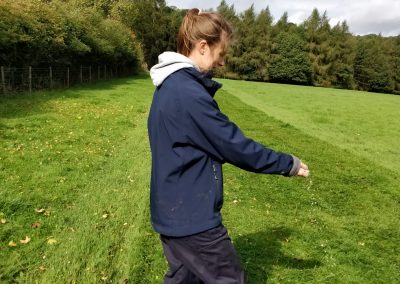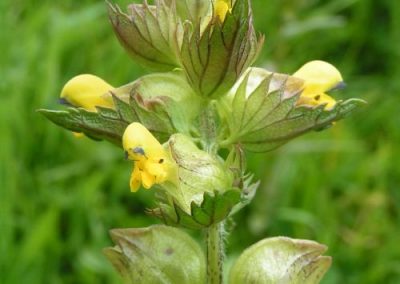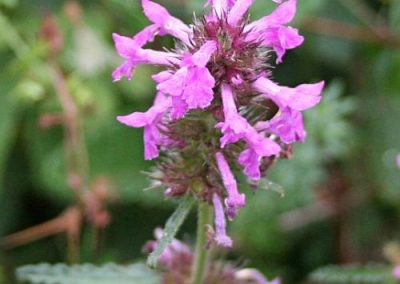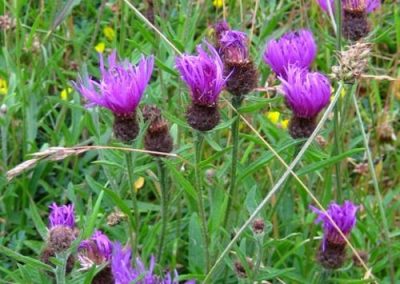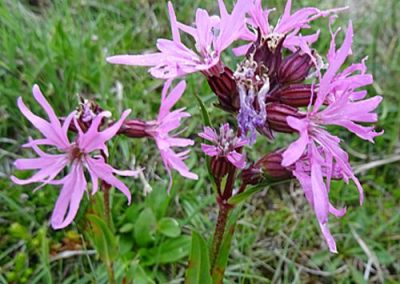Project
Meadows
In 2017, the Shropshire Wildlife Trust kindly undertook a survey of our farm (excluding the woodland and three local wildlife sites) to look at linking habitats on a large scale.
Fiona Gomersall, who completed the survey explained that: “Usually Shropshire Wildlife Trust surveys isolated LWS and although this work remains important, it was felt that by looking at much larger areas under the same ownership and recommending suggestions for habitat enhancement and creation, that better links could be made for wildlife on a wider, landscape scale (ref.*The Lawton Principle).
Fiona visited the site approximately seven times and carried out the survey field by field using the following criteria:
- Presence of plant indicator species in each field/area
- Level of improvement of field
- Level of grazing of field
- Condition of hedgerows and their diversity
- Number of infield and veteran trees
- Field margins and corners and (good) arable weed potential
- Presence of drains
- Condition of watercourses
- Habitat suitability of field/land for invertebrates
- Recording of bird and invertebrate species where possible
and documented the plant species found. The report recommended that we manage two of our fields as hay meadows. We sought advice on how best to do this and how to increase the number of wildflower species.
We conducted two seed spreading experiments to increase the wildflowers present.

Experiment 1: By Hand
In July 2018, once the field had been cut for hay, we collected several bags of yellow rattle seed. At the time, we weren’t aware of the need to spread hay directly onto the recipient site, so we decided to dry out the seeds and spread them in September 2018.
Before spreading the yellow rattle seed, we harrowed the area to break up the soil and bring it to the surface in order to give the seed a better chance of establishing itself. We added it to some rice to help it spread more easily and with our GPS device, marked on our farm map where we had scattered the seed. This made it much easier to go back the following spring and see if any had taken.
Experiment 2: With a seed spreader
To increase the number of wildflower species on the farm, we decided to buy 11kg of wildflower seed mix from local supplier Forestart.
We followed a similar process to our first experiment by harrowing the land and then spreading the seed. Instead of doing this by hand, we used an automatic spreader that fixed onto a quad bike. It certainly helped us to spread a lot more seed more quickly and evenly.
Species in seed Mix
- Yellow Rattle
- Betony
- Lesser Knapweed
- Meadow Buttercup
- Oxeye
- Ragged Robin
- Ribwort Plantain
- Toadflax
- Field Scabious
- Snakeshead Fritillary
- Gtr Knapweed
- Purple Loosestrife
- Marjoram
- Selfheal
- Sneezewort
- Wild Basil
- Cowslip
- Crested Dogs Tail
- Sheep’s Fescue


